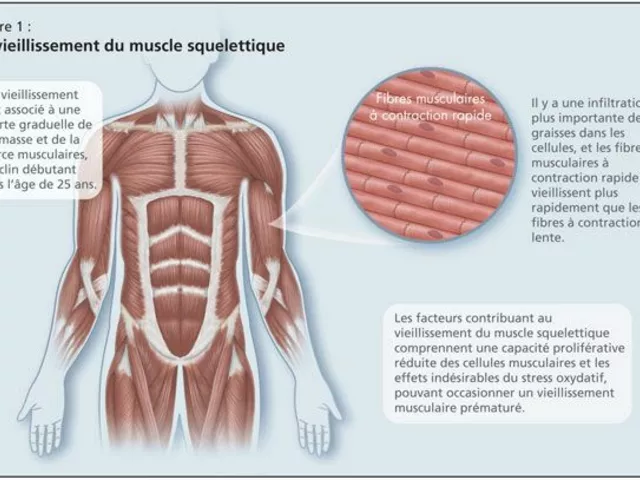Albuterol shortage: what to do when inhalers are hard to find
Shortages of albuterol inhalers can happen quickly and leave people with asthma or COPD worried. If you rely on a rescue inhaler, missing doses isn’t just inconvenient — it can be dangerous. Here are clear, practical steps you can take right now to stay safe and stretch your options.
Immediate steps: keep yourself safe
First, check how much medicine you actually have. Don’t panic — don’t start sharing inhalers or changing doses without medical advice. If you’re running low, call your doctor and your pharmacy today. Ask about emergency refills, generic albuterol brands, or different strengths. Many pharmacists can tell you which manufacturers still have stock or whether a nebulizer solution is available.
If you have severe shortness of breath, wheezing that won’t improve, or trouble speaking, get emergency care. Shortage management is for stable situations; acute attacks need immediate treatment.
Alternatives, substitutions, and real-world tips
Ask your clinician about substitutes. Levalbuterol (brand name Xopenex) works similarly for many people. Nebulized albuterol solution is another option — it’s a liquid form used with a nebulizer machine and may be easier to find. Some patients switch temporarily to other bronchodilators like ipratropium for added relief, but that’s something a prescriber must decide.
Work on reducing your need for rescue inhalers. Make sure your controller meds (inhaled steroids, combination inhalers) are filled and taken as prescribed. Review trigger control: avoid smoke, strong fumes, cold air, and allergens when possible. Practice good inhaler technique so each puff counts — a spacer can improve delivery and reduce wasted medication.
Conservation tips that help without cutting safety: use your inhaler only for true rescue symptoms, keep it clean and stored properly, and check dose counters frequently. Don’t take smaller doses than prescribed; that can be unsafe. Instead, ask about stepping up controller therapy if you’re using rescue inhalers more than twice a week.
Use official resources: check the FDA drug shortage page and manufacturer updates for the latest supply info. Your pharmacist can also sign you up for alerts or call around to other local pharmacies. Some patient assistance programs or community health centers may offer temporary help.
Finally, plan ahead once supplies improve. Talk to your provider about keeping an extra inhaler on hand or setting up reminders to refill earlier. That way you’ll be less likely to face a scramble next time a shortage hits.
Shortages are frustrating, but with quick action — talking to your provider and pharmacist, using available alternatives, and tightening up prevention — you can stay safe and keep breathing easier.
Georgea Michelle, Apr, 29 2025
Albuterol Shortage Solutions: Emergency Substitutes, Compounding Options, and Hospital Protocols Explained
With albuterol shortages disrupting asthma and COPD care, patients and providers are scrambling for viable alternatives. This article breaks down emergency substitute options, practical compounding solutions, and specific hospital protocols now in use. Learn about safe alternatives, interim policies, and how pharmacies are adapting in 2025. Navigate this crisis smartly and keep breathing easy.
View More





